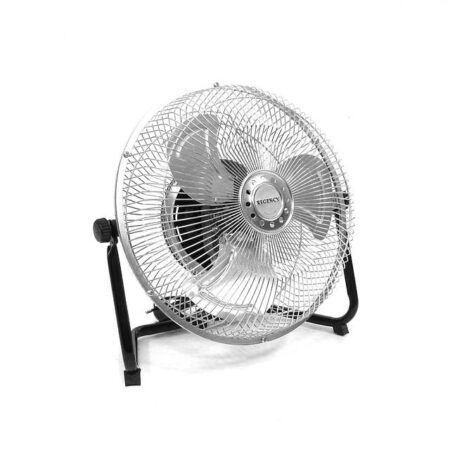Kenvue, a leading player in the household and personal products sector, has released new findings shedding light on sunscreen usage habits across Brazil. The report, highlighted by industry publication Happi, reveals key insights into consumer behavior, preferences, and challenges related to sun protection in one of the world’s most sun-exposed markets. As awareness around skin health grows, Kenvue’s research offers valuable perspectives for manufacturers, retailers, and health advocates aiming to enhance sunscreen adoption and education in Brazil.
Kenvue Unveils New Data on Sunscreen Usage Patterns Among Brazilians
Kenvue’s latest study reveals intriguing trends in how Brazilians engage with sunscreen products throughout the year. The data indicate a significant increase in sunscreen usage during the summer months, with approximately 76% of respondents reporting daily application when outdoors. However, a surprising 34% admitted to inconsistent use during other seasons, highlighting seasonal gaps in sun protection habits. Additionally, urban dwellers tend to use sunscreens more regularly than those in rural areas, pointing to regional influences on skincare routines.
The research also sheds light on the preferred product types and factors influencing purchase decisions. Below is a concise summary of the sunscreen preferences among Brazilian consumers:
| Product Type | % Preference | Main Driver |
|---|---|---|
| Gel-based | 42% | Non-greasy feel |
| Lotion | 38% | Moisturizing benefits |
| Spray | 15% | Convenient application |
| Stick | 5% | Targeted use (face/hands) |
The findings underscore the growing consumer interest in multifunctional sunscreen products that combine skincare and sun protection, alongside heightened awareness about SPF labels and UVA/UVB filters. Kenvue’s insights suggest that tailoring educational campaigns to address seasonal use and product convenience could significantly enhance sun safety practices across the country.
Understanding Regional Variations and Consumer Preferences in Sun Protection
Brazilian consumers display a rich tapestry of sun protection habits influenced by diverse climate zones, cultural elements, and evolving beauty standards. Coastal regions, for example, demonstrate a higher reliance on broad-spectrum SPF products, as daily exposure to intense sunlight drives demand for water-resistant and sweat-proof formulations. In contrast, urban areas often see a rising preference for lightweight, multi-functional sunscreens combined with skincare benefits such as anti-aging and antioxidant properties. This variation highlights how environmental conditions and lifestyle choices shape purchasing behaviors and product expectations across the country.
Key consumer preferences in Brazil include:
- Preference for fast-absorbing and non-greasy textures, suitable for humid climates
- Product formulations that offer a balance between sun protection and cosmetic appeal
- Interest in eco-friendly packaging and reef-safe ingredients, especially among younger demographics
| Region | Popular SPF Type | Top Product Attribute |
|---|---|---|
| Coastal (Northeast) | SPF 50+, Water-resistant | Long-lasting protection |
| Urban (Southeast) | SPF 30-50, Multi-functional | Lightweight, fast-absorbing |
| Southern States | SPF 30, Broad-spectrum | Anti-aging benefits |
Experts Advise Enhanced Education and Product Accessibility to Boost Sunscreen Adoption
Industry experts emphasize that overcoming the barriers to sunscreen adoption in Brazil requires a dual approach: enhancing public education and improving product accessibility. Despite widespread awareness of the risks associated with UV exposure, misconceptions and inconsistent usage patterns persist across various demographics. Medical professionals and skincare specialists advocate for targeted educational campaigns that highlight not only the health benefits but also the correct application techniques and frequency. Key focus areas include:
- Dispelling myths such as sunscreen causing acne or oily skin
- Promoting daily use beyond beach settings
- Educating on SPF ratings suitable for different skin types
Simultaneously, experts call for greater efforts to make sunscreens more affordable and readily available, especially in rural and lower-income urban regions. Retail strategies that incorporate a wider range of price points and product formats-such as sprays, gels, and sticks-can address varying consumer preferences and lifestyles. Below is a snapshot of recommended product accessibility initiatives:
| Initiative | Target Audience | Expected Outcome |
|---|---|---|
| Subsidized sunscreen distribution | Low-income communities | Increase daily use by 25% |
| Retail partnerships with convenience stores | Urban commuters | Enhance accessibility during transit |
| In-store educational kiosks | General consumers | Raise product knowledge and correct usage |
Insights and Conclusions
As Kenvue’s latest findings highlight evolving sunscreen habits in Brazil, industry stakeholders gain valuable insights into consumer behavior and market opportunities. These trends not only underscore growing awareness of sun protection but also signal potential shifts in product demand within the region. Moving forward, brands and manufacturers will need to adapt strategies to meet the preferences and needs of Brazilian consumers, ensuring both health benefits and business growth in this dynamic market.




